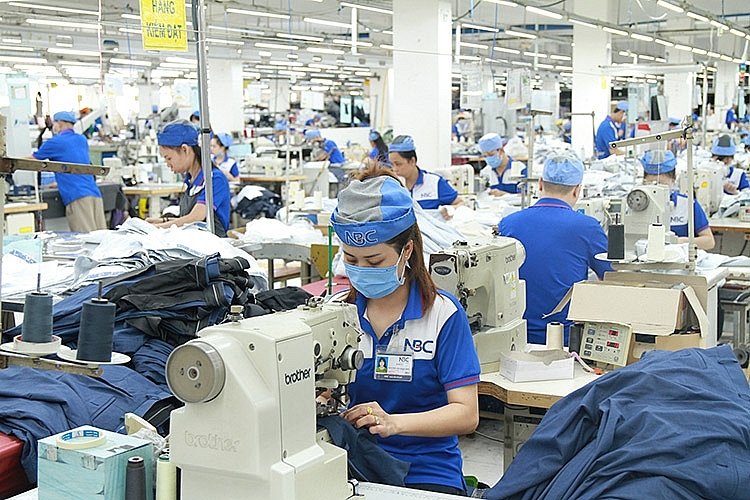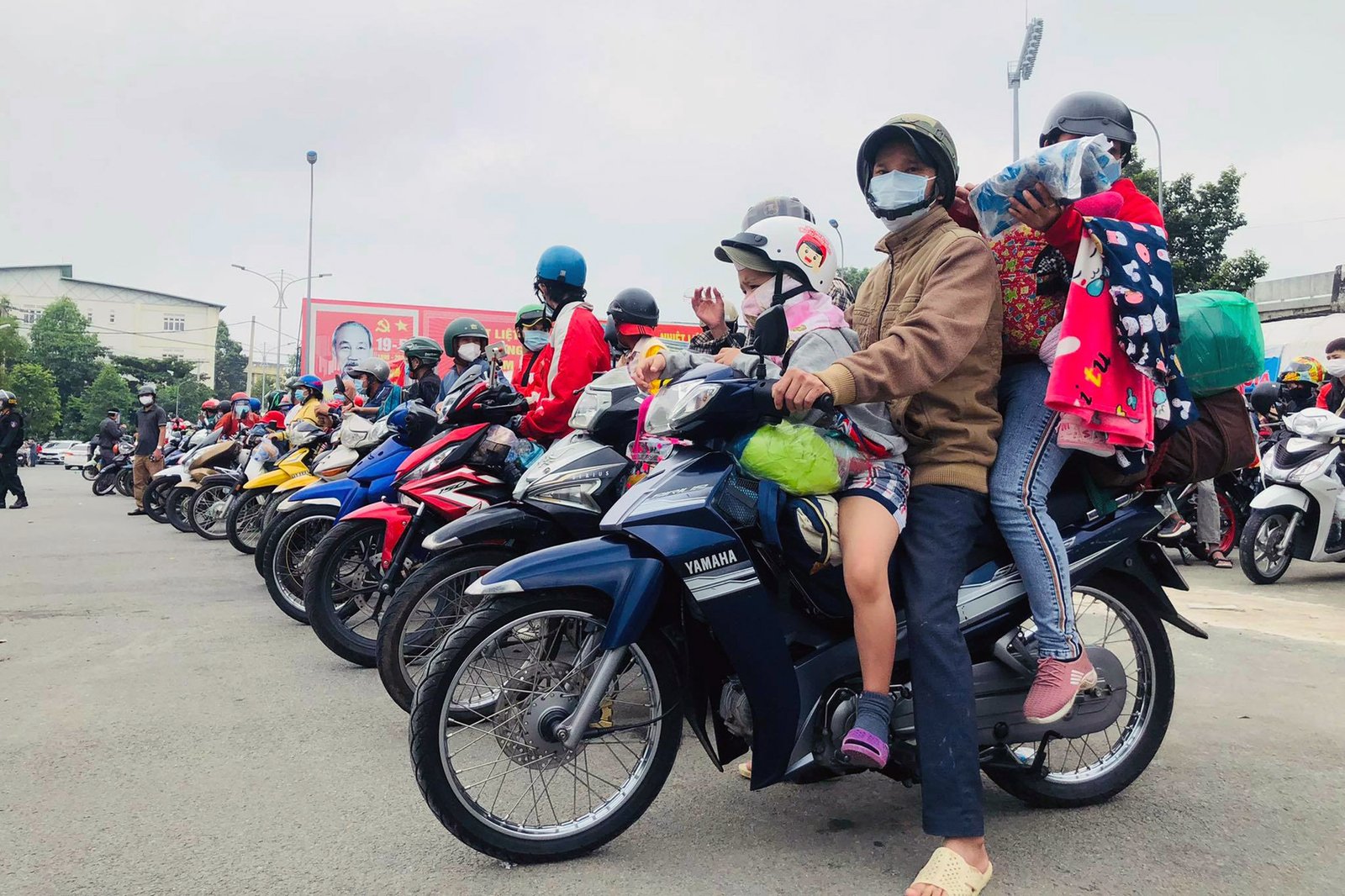HIGHLIGHTS
- Many large production centers in the southern region were forced to suspend operations for a long time.
- Millions of workers leave Ho Chi Minh City, Binh Duong, Dong Nai, etc. return to their hometowns, and many of them are textile and footwear workers.
- Currently, businesses accept to open production and then pay the penalty later because if they continue to close, many businesses will go bankrupt.
FULL ARTICLE
Concerns about the disruption of the textile and footwear supply chain
The information was raised in the online dialogue ‘Working together for the sustainable recovery of Vietnam’s textile and footwear industry’, organized by the Two Vietnam Textile and Garment Associations and the Vietnam Leather – Shoes – Handbag Association on October 8.
The fourth wave of COVID-19 comes as the textile and footwear industry enters its peak export season with orders rising sharply as traditional markets such as the U.S., EU, and China all recover. This outbreak has directly affected industrial parks.

Conducting a survey of the textile and footwear industry during the COVID-19 wave in 2021, Dr. Do Quynh Chi, of the Center for Industrial Relations Research (ERC), pointed out that many large production centers in the southern region had to suspend operations for a long time, which has greatly affected the production and employment of workers.
Up to 65.3% of enterprises surveyed were in the area where directive 16 ceased operations, while 62.7% of FDI enterprises remained operating at a minimum. The reason is that enterprises bear the cost burden when implementing the ‘3 on-site’ model, accounting for over 20% of operating costs.
The business was also unable to complete on schedule, as 48.8% were asked to delay delivery; 23.8% are unsure of completion and about 20% said they had to cancel. Some customers canceled orders and withdrew to China, Indonesia…Many textile and footwear businesses are fined by brands for slow delivery.
Since then, 60% of working workers have suffered a decrease in income due to intermittent shifts and non-continuous work; 62% of workers stop working. Lack of employment causes 34.1% of workers to have symptoms of stress pathology. More than 60% of workers want to emigrate to their home countries, and they want to recover their health and psychological well-being for themselves and their children in the short term.

With the fear of contagion and difficult life, due to lack of work and no income, millions of workers left the city. Ho Chi Minh City, Binh Duong, Dong Nai, ect. return to their hometown, and many of them are textile and footwear workers.
… And the reason behind
The textile and footwear supply chain is once again at risk of breaking down not due to external supply and demand factors, but due to domestic factors, in which labor scarcity is a major cause.
Currently, some leather and footwear factories are covered with COVID-19 vaccine up to 80-90%, but with strict regulations to reopen production, businesses face many difficulties. Businesses that go to the “dead end”, accept to open production and then pay the penalty later because if they continue to close, many businesses will go bankrupt.
Along with that, the problem of circulation between localities is also a big obstacle because the labor force of the two textile and footwear industries is scattered in the provinces, it will be very difficult to travel in different provinces.
Thuy Huyen
FURTHER READING:
Disruption of Southeast Asian agricultural product supply chains













